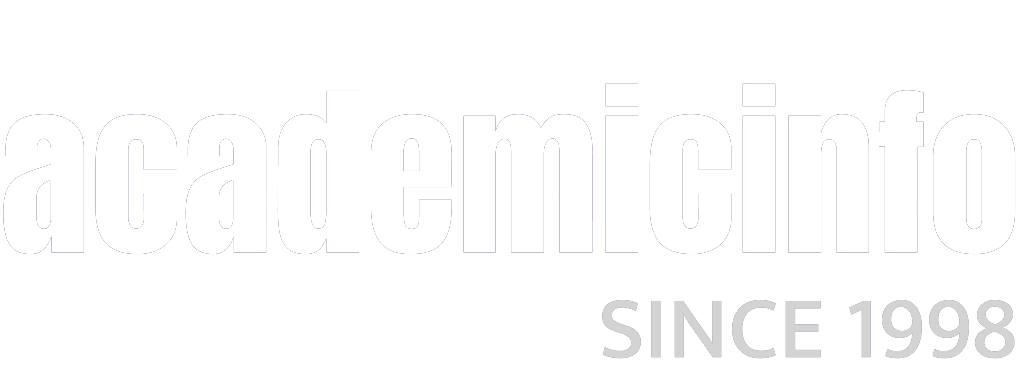A Cautionary Note about Current College Costs and Economic Realities
Before diving headlong into the details of obtaining financial aid for college, both students and parents should be aware of a few facts that may take their breath away:
- Since 1986, while the overall inflation rate increased 115 percent, college tuition rose by an extraordinary 498.3 percent or nearly 500 percent.
- A report from Associated Press from one year ago stated that 53 percent of college graduates are either unemployed or working in jobs that don’t require a degree, based on an analysis by Northeastern University of Labor Department statistics in 2011. The AP article wasn’t quite clear at how it arrived at the 53 percent figure, however. Other reputable sources put college grad unemployment at 9 percent, which is bad enough.
- College seniors are graduating with an average of almost $27,000 in student loans, according to a CNN Money article. Total student loan debt nears a shocking $1 trillion.
These three bullet points are red flag warnings to the college bound and their families. While heading off to college is an exciting time, full of personal growth, new friendships and challenging intellectual pursuits, the tough economic times require serious thought and planning when deciding how to pay for a college education. Every parent should ask their high schoolers to think about how they would pay back $27,000 with a minimum wage job. This impossible situation is occurring to many students who set out on their college career with high hopes and dreams.
The basic reason for the striking 498 percent increase in college tuitions is the easy availability of federal Stafford loans. When the federal government made obtaining higher education loans easy for all students, not just those with financial need, colleges responded by raising tuition accordingly. Of course, colleges also faced rising labor and maintenance costs, the need for new or updated buildings and other costs, but the main reason for tuition hikes was easy student access to taxpayer backed federally insured student loans.
With an increasingly tough job market for everyone, students need to weigh the value of a higher education if it will not lead to increased potential for financial gain. If you’re financially independent, with a trust fund in the millions, then college can be a carefree time of fun and games. If you are not, however, those four years of enjoyable times could cost you a lifetime of paying down student debt.
This is not to say that going to college simply isn’t worth it anymore. A college education remains an excellent investment for many students. In these dire economic times, though, going to college isn’t the same as it was for your parents or grandparents. During the 1960s, 70s, and even 80s students could head off to school without money worries because the jobs after graduation were there and paid well. That situation has changed drastically, and thus lighthearted approaches to college and paying for college must change just as drastically. The trick is to get a good college education without going deeply into debt. These days, that takes forethought and planning from students and their families.
AcademicInfo’s Paying for College section provides articles on every facet of financial aid and how to obtain it, as well as articles and tips on alternative ways of paying for that all important college education. We’ll have important information on practical ways to cut college costs, how to obtain college credit through taking CLEP exams, getting a bachelor’s degree in three years and a host of other ways to make college affordable. And, of course, you’ll find hints and tips on how to get all the financial aid available to you and your family.
